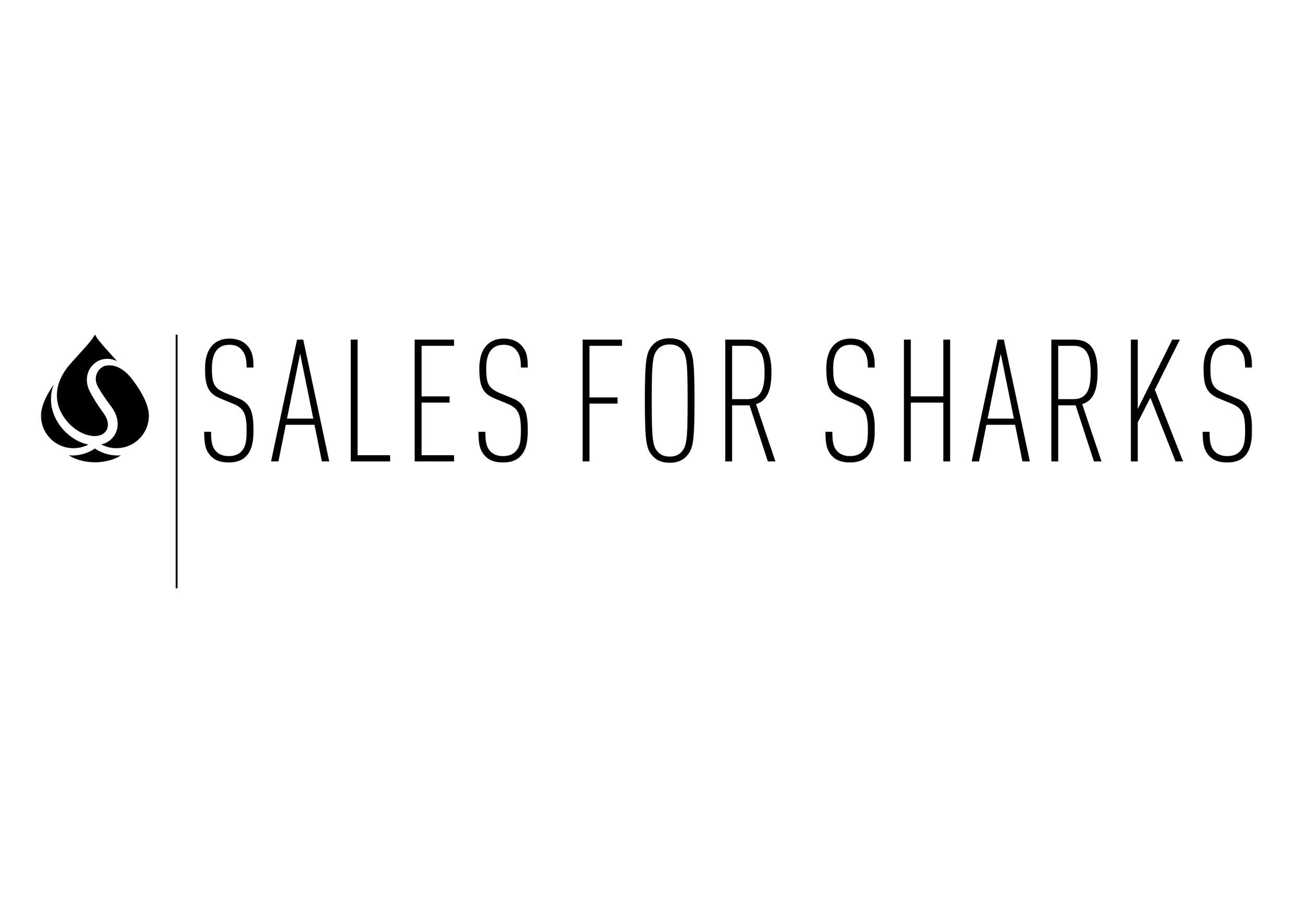Closing deals efficiently in the B2B sales landscape can be quite challenging without the right approach. Whether you’re a seasoned sales professional or just starting out, employing proven sales frameworks can streamline your process and boost your success rate. Here, we explore twelve winning sales frameworks that can help you close more deals consistently.
### Introduction
Sales in the B2B sector demand strategy, finesse, and the ability to connect with clients’ needs. Unlike B2C sales, B2B deals often have longer cycles and involve multiple stakeholders, making the sales process more complex. To navigate this successfully, adopting structured sales frameworks is essential.
### 1. SPIN Selling
Developed by Neil Rackham, SPIN Selling focuses on four key areas: Situation, Problem, Implication, and Need-Payoff. This framework helps salespeople uncover the underlying issues customers face and guide them towards solutions that fulfill their needs.
### 2. The Challenger Sale
Based on educating and challenging the customer’s perspective, this approach encourages sales reps to take control of the conversation and offer unique insights, driving constructive tension that leads to sales.
### 3. MEDDIC
This qualification framework stands for Metrics, Economic buyer, Decision criteria, Decision process, Identify pain, and Champion. MEDDIC helps in qualifying prospects and understanding the buying process thoroughly.
### 4. Sandler Selling System
Focusing on building a mutual agreement between buyer and seller, Sandler emphasizes conversations where both parties are open about their needs and expectations, fostering transparency and trust.
### 5. Consultative Selling
Here, the salesperson acts as an advisor, focusing on understanding client needs deeply and tailoring solutions accordingly, which helps in building lasting relationships.
### 6. BANT
Short for Budget, Authority, Need, and Timeline, this framework is a straightforward qualification method to determine if a lead is worth pursuing.
### 7. Solution Selling
Solution Selling revolves around identifying problems that the product or service can solve, making the sales pitch about the benefits rather than features.
### 8. SNAP Selling
Designed for today’s busy buyers, SNAP stands for Simple, iNvaluable, Align, and Priority. It promotes simplifying the sales process and aligning it even with the fast-paced nature of buyers.
### 9. The Challenger Customer
A spin-off from The Challenger Sale, this framework helps identify key stakeholders in an organization who can champion your offering.
### 10. Target Account Selling (TAS)
This method involves focusing efforts on high-value accounts and crafting personalized strategies for each key client to win their business.
### 11. NEAT Selling
A modern qualification framework emphasizing Need, Economic impact, Access to authority, and Timeline. NEAT aligns sales conversations more with buyer priorities.
### 12. Customer-Centric Selling
This approach shifts the focus from selling products to enabling customers to buy, emphasizing their buying process and decision-making needs.
### Conclusion
Mastering these twelve sales frameworks enables sales professionals to tailor their approach depending on the client and sales situation. By integrating these methodologies, you not only increase your chances of closing deals but also build stronger, trust-based relationships with your prospects. Remember, the key to success in B2B sales lies in understanding your buyer, qualifying your leads wisely, and communicating solutions effectively.
Ready to elevate your B2B sales game? Dive deeper into these frameworks and watch your closing rates soar.
For more tips and detailed insights, visit the original source [Linked Helper Blog](https://www.linkedhelper.com/blog/b2b-sales/).













